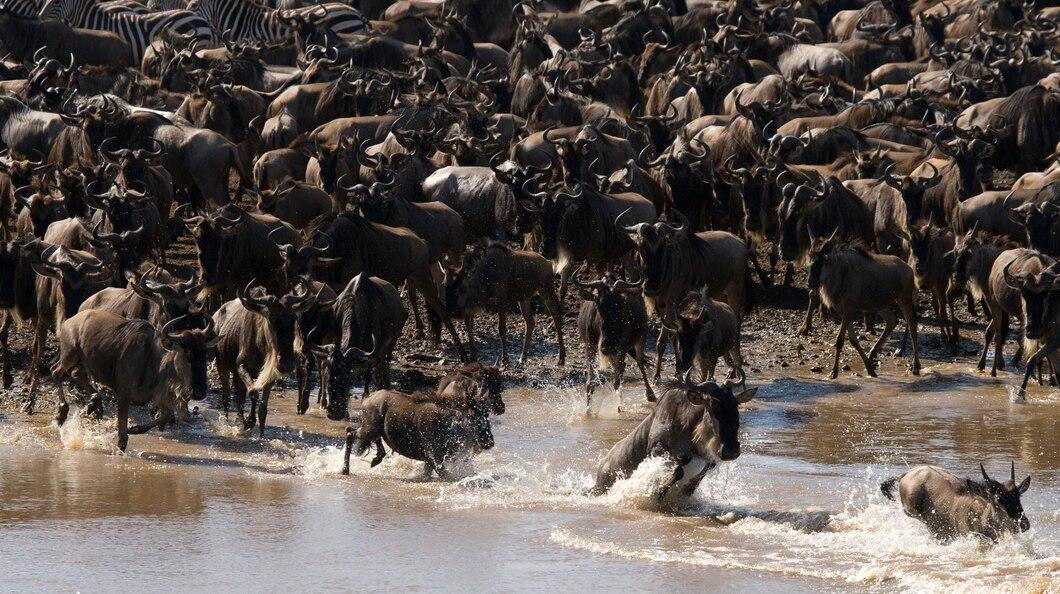The Serengeti-Mara ecosystem, spanning 30,000 square kilometers across Kenya’s Maasai Mara and Tanzania’s Serengeti, is a vital habitat with diverse landscapes, including savannahs, grasslands, riverine forests, and acacia woodlands. This ecosystem hosts the Great Migration, where millions of wildebeest, zebras, and other herbivores journey annually in search of food and water. This migration sustains numerous predators like lions and cheetahs, maintaining an ecological balance that exemplifies the region’s biodiversity. The ecosystem also supports species like elephants, giraffes, hippos, and a rich variety of bird species, creating a unique setting for intricate ecological interactions.
However, climate change threatens the stability of this ecosystem. A study featured in The Guardian, conducted by a research team from universities in Europe, IUCN, and Kenya Meteorological Department has examined the Mara-Serengeti’s weather patterns since 1913, noting increased temperatures, variable rainfall, and recurring severe droughts over recent decades. Average minimum temperatures have risen significantly, with Narok Town showing a 5.3°C increase from 1960 to 2024. Rainfall has also increased, alongside more frequent and intense droughts and floods, all of which are straining resources vital for wildlife and communities alike.
Global climate systems, especially the Southern Oscillation Index (which influences El Niño and La Niña events) and the Indian Ocean Dipole (IOD), have exacerbated these extreme weather conditions. Since 1970, El Niño and La Niña events have become more intense and frequent, leading to unpredictable rainfall and drought cycles in East Africa. Additionally, a warming Indian Ocean has strengthened the IOD, contributing to more frequent severe floods and droughts. These intensified climate patterns, driven by global warming, disrupt traditional migration and breeding cycles, reduce water and vegetation availability, and heighten competition between wildlife and human communities.
The impact on the ecosystem is profound. Wildlife populations are declining as animals face shrinking habitats and limited resources. Field observations, historical data from Kenya’s Game Department, and district records show that extreme weather events have repeatedly coincided with notable shifts in wildlife distribution and population. The researchers systematically ruled out other factors like poaching, pollution, or disease, confirming that climate change is the main driver.
The Serengeti-Mara ecosystem stands at a critical juncture. Conservation efforts must adapt to mitigate the effects of climate change and ensure the long-term resilience of this biodiverse landscape. Balancing the needs of both wildlife and local communities is essential to preserving the ecosystem's health and supporting those who depend on it.
Read full article in The Guardian on this link .


